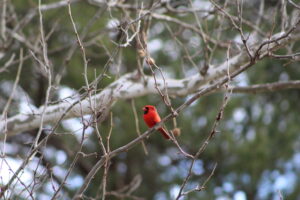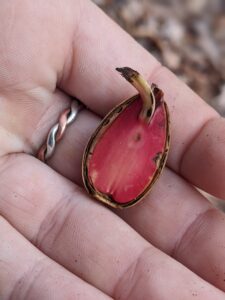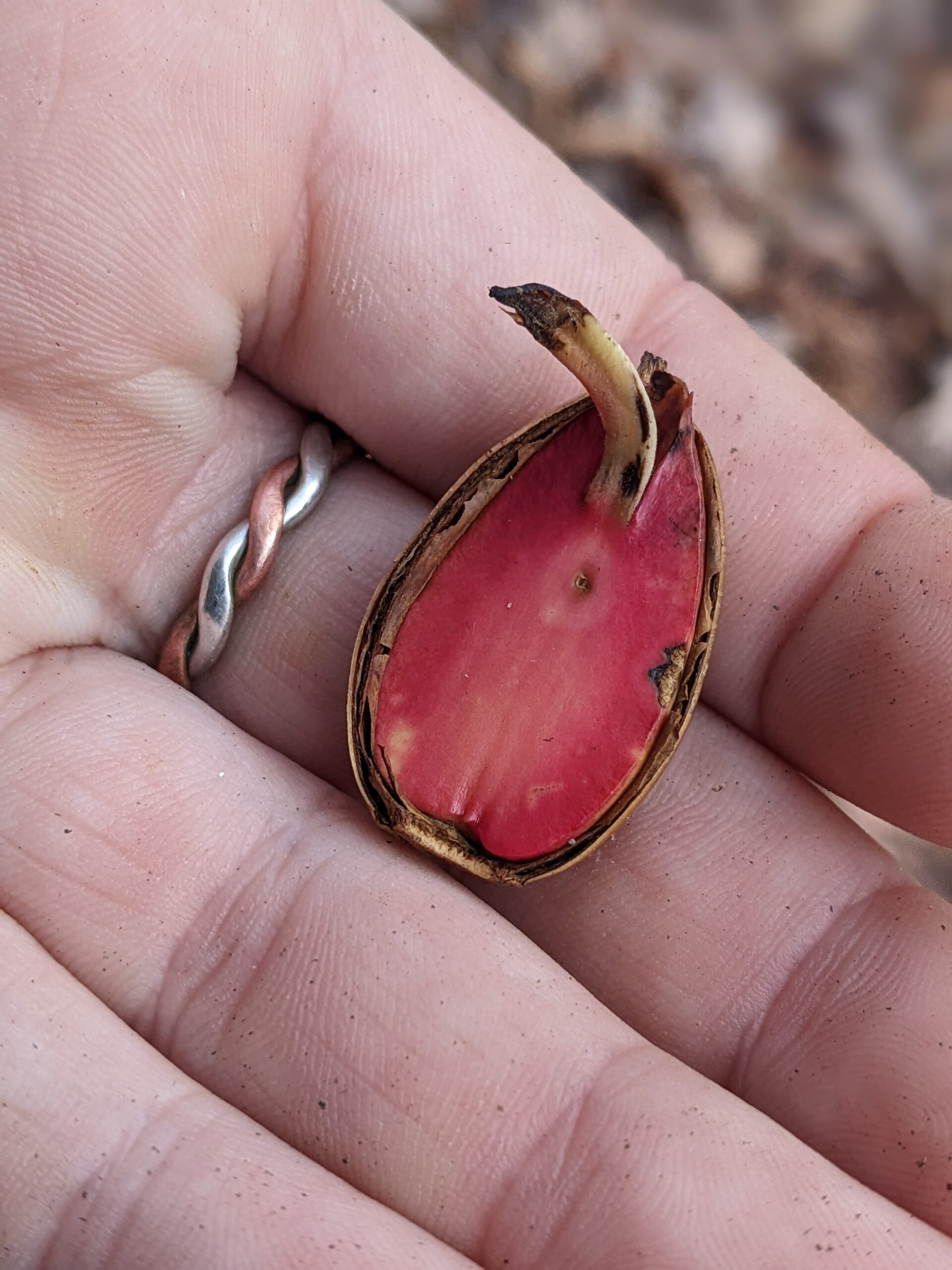written by Abigail Kingston
In a world suffering from the effects of colonization, profit-driven destruction of natural environments, and industrialization, humans are becoming more and more alienated from the natural world.
When you think of “nature,” what do you envision?
An ancient old-growth forest far from homes and roads? A pristine reserve kept untouched by humans? These images give the impression that “nature” is a fragile state that human presence will destroy. It is easy to be overwhelmed by the evidence you see all around you of profit-driven exploitation of nature running out of control. Some people sadly fall into the trap of believing that humans are like an introduced virus that destroys nature wherever it goes, and that the rest of the Earth resents our presence.
However, if you approach the natural world with curiosity, you will realize that nature is all around you, constantly fighting to heal and restore itself where greed and destructive management practices have wounded it. Almost everywhere, you are surrounded by non-human life forms that continue to persist in the cracks and forgotten corners of human infrastructure. Some, like the common lichen species that grow on bricks and tree trunks, or the roly-polies that can be found under a piece of rotting wood, survive quietly in our world, adapting to our world just as they have adapted to new environments for millions of years. Others, like the bright, tenacious dandelion and herbicide-resistant amaranth, thrive in open defiance of us, surviving all our efforts to destroy them.

Nature has not given up on the heavily disturbed and depleted wastelands of lawn and concrete humans have built. Tiny oaks and maples sprout up in pristine lawns, working tirelessly to return them to woodland and forest. Blackberry brambles grow at the brushy edges of yards, giving us sweet blackberries. Goldenrod and asters provide us with beauty and bring pollinating insects to visit our gardens and give us more food than we could ever eat. Virginia creeper grows on the sides of our houses and keeps them cool in the hot summer. Even the weeds we disdain are often themselves food and medicine, and their stubborn taproots are vital for healing compacted, lifeless soil. It is almost like nature, instead of despising us, is saying: “Hang on. I’m coming. You have not been forgotten.”
How do we fix our alienation from the rest of Earth’s life? It begins with that essential human trait, curiosity.
Websites and books are tools for learning about nature, but the teacher is nature itself. Reconnection begins with the plant or bug closest to us, however common or unremarkable, and asking: “Who are you? What are you doing here? How did you come here? What helps you thrive? What gives you trouble and pain?”
Even though it is winter and many living things are sleeping in preparation for spring, it is always time to listen. I wrote this list of “quests” for the winter months, to help you on your journey of curiosity. You will notice that many of the quests include telling a friend what you learned or noticed. This is because ecological wisdom, however small, is meant to be shared, to create a cascade of knowledge that ripples through an entire society. If you have a child in your life, I also strongly encourage bringing them along on this journey. Their natural curiosity has a lot to teach you!
- Find several fallen leaves. Guess which tree each came from. See if you can find a leaf that didn’t come from any tree you can see nearby.
- Find some moss.
- Find a lichen.
- Spend some time every day outdoors doing nothing—perhaps ten minutes. Bring no distractions with you—use your senses to pay attention.
- Look up bees native to your area.
- Sit next to a window. See how many birds you can see.
- Take a picture of a plant that was not planted, and post it on social media or show it to a friend.
- Think of some common birds you can see in your back yard, and look up what their calls sound like.

- Check out a book from the library about the natural environment of your area.
- Look up species endemic to your area. Tell someone what you found.
- Pick out a favorite species of tree.
- Find fluffy goldenrod or aster seedheads and spread them, or start the seeds in a pot indoors.
- Find a plant you do not know the name of, and make up an imaginary name for it.
- Plan out a garden.
- Teach someone how to identify a plant.
- Take a picture of some moss, and post it online or show it to a friend.
- Start a notebook to write down important facts, observations, and insights.
- Say hello to a non-human life form.
- Take a close-up photo of something outside. Share it with a friend.
- Tell a child an interesting fact about a species native to your area.
- Go on a walk around your yard and take note of as many different wild plants you can see. Divide your yard into different “plant communities” based on how the variety of plants differs.
- Go outside one night to observe the stars.
- Learn about the history, uses, and ecology of a common weed, such as dandelion, purslane, amaranth, crabgrass, spurge, pokeweed, broad-leaved plantain, chicory, or any weed you can identify from around you.
- Take some time to imagine you are a particular species of bird you know from your area. Think about your needs and concerns as a bird and survey how your yard or the surrounding landscape meets those needs. Where will you shelter? Where will you find food? If you don’t know what your chosen species eats or where it nests, look it up!
- Check out a field guide to moths at a library.
- Come up with a question you have about the natural world in your own immediate surroundings, and discuss it with a friend before looking up the answer.
- Sit in your yard and dig in the dirt with your hands.
- Get down on the ground and take a picture from a bug’s eye view.
- Download an app for identifying plants and try it out.
- Put some moss in a jar and keep it moist. See if you can help it to thrive.

- Ask someone else a question about the natural world.
- Pick out five butterflies and/or moths and learn their larval host plants.
- Try to draw a living thing from life.
- Find a sprouted acorn and start growing it in a pot indoors.
- Visit wildflowersearch.org and find a native wildflower that is new to you.
- Make an account on inaturalist.org.
- Find the nearest farmers’ market to you.
- Use Google Earth’s satellite view to see how the land around your home is being used. Where are the nearest streams and ponds? Where is the closest forest? Are there any natural meadows or grasslands?
- Research invasive species common in your area.
- Make outdoor art using bark, twigs, fallen leaves, and other natural materials.
I have found that ecological wisdom sticks in the human brain in a way nothing else does. I know the names of many trees and plants because I was told one day as a child, and somehow instinctively found the knowledge important enough to store away long-term. Others have these little pieces of knowledge rattling in their brains, reawakening even if it hasn’t held any relevance to their modern lives in years. The simple practice of curiosity can in this way make a lasting impact. As the saying goes: “Mighty oaks from little acorns grow.”

